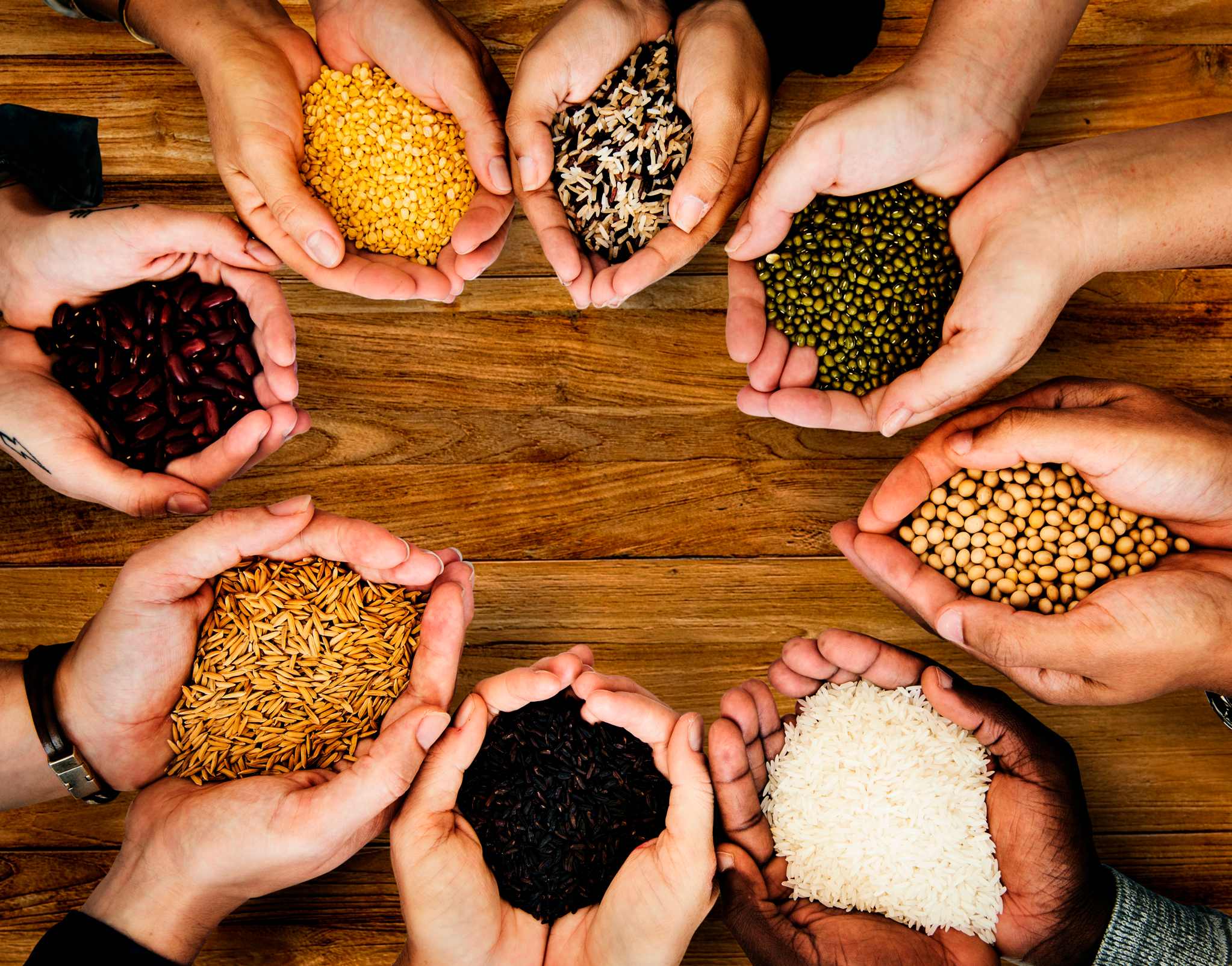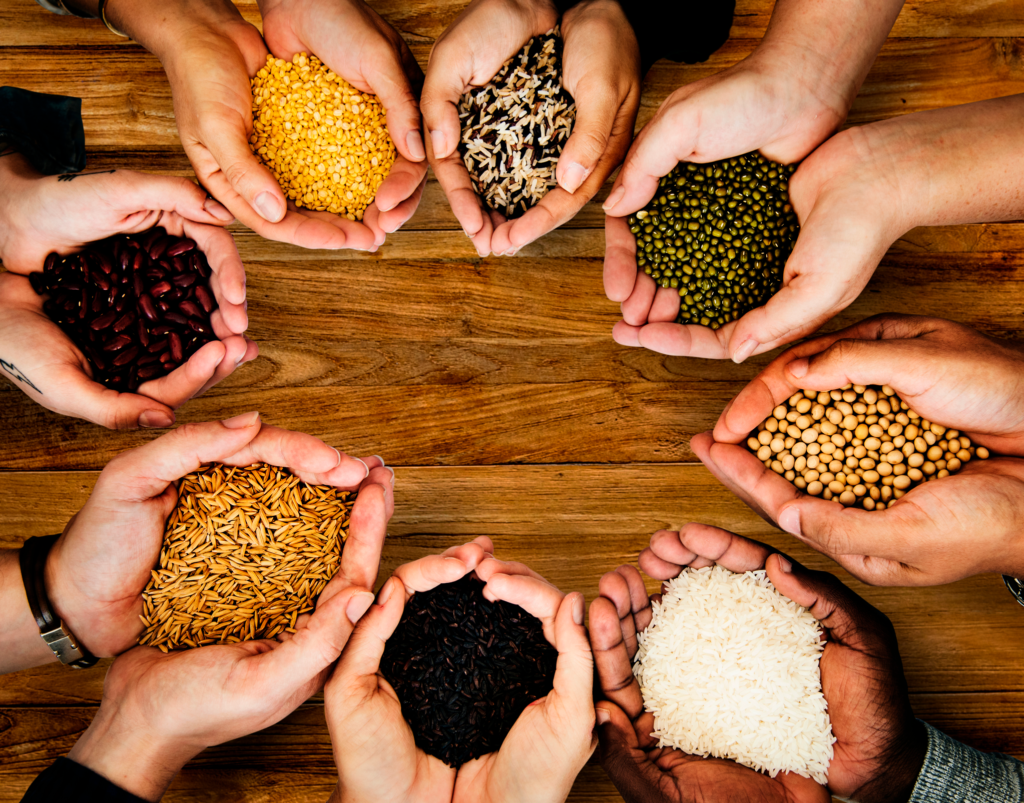
Image: Adobe Stock
Led by wheat, which lost more than 2% in the early afternoon of this Tuesday (9), grain futures traded on the Chicago Stock Exchange intensified their fall, leading soybeans to lose 14 to 18.25 points among the most traded, with July worth US$ 14.16 and August, US$ 13.50 per bushel. The declines reflect the good progress of the 2023/24 harvest in the United States, according to analysts and market consultants.
The USDA (United States Department of Agriculture) figures reported late yesterday afternoon once again brought sowing rates above market expectations, for the same period last year and the average for the last five years.
{module Form RD}
Soybean sowing reached 35% of the area, against 34% of the market projection and compared to 19% last week. Last year, in this same period, planting was completed in only 11% and the average is 21%. There are 9% of the fields that have already emerged, compared to 3% in 2022 and 4% on average.
“With early planting, the risk of failure is diluted in the USA and, as a result, the market is already taking a much more 'selling' stance on the CBOT”, explains the Agrinvest Commodities team.
And planting is progressing well given the good weather conditions in the main producing regions of the United States, especially in the Corn Belt, which weighs even more on prices. Forecasts from NOAA, the official US climate service, indicate that “clear skies” should continue until the end of this week, creating an ideal scenario for the continuation of sowing, as the rains have also arrived at the right time.
Maps for the next 6 to 10 days indicate that temperatures are expected to be above average in the Pacific Northwest, northern and central Plains regions, with little chance of high temperatures in the Midwest early next week.


Maps provided by: NOAA
Over the next 8 to 10 days, according to NOAA, “dry weather will continue to persist north of the Central Plains and east of the Corn Belt,” as shown in the maps below.


Maps provided by: NOAA
Furthermore, the market still continues to feel the pressure of a large supply of soybeans available in Brazil – which keeps it very competitive, at least, until September – and monitors demand 'from hand to mouth' from China, without great news in these two horizons.
At the same time, it is adjusting to the arrival of the USDA's new monthly supply and demand report – this Friday, the 12th – which arrives with the first projections for the 2023/24 harvest and makes the bulletin highly anticipated.
Finance also remains on traders' radar, with the banking crisis in the US still ongoing, China's post-pandemic recovery happening in a more contained way than expected and the weaknesses of the global economy still in evidence.
Source: Carla Mendes | Notícias Agrícolas











